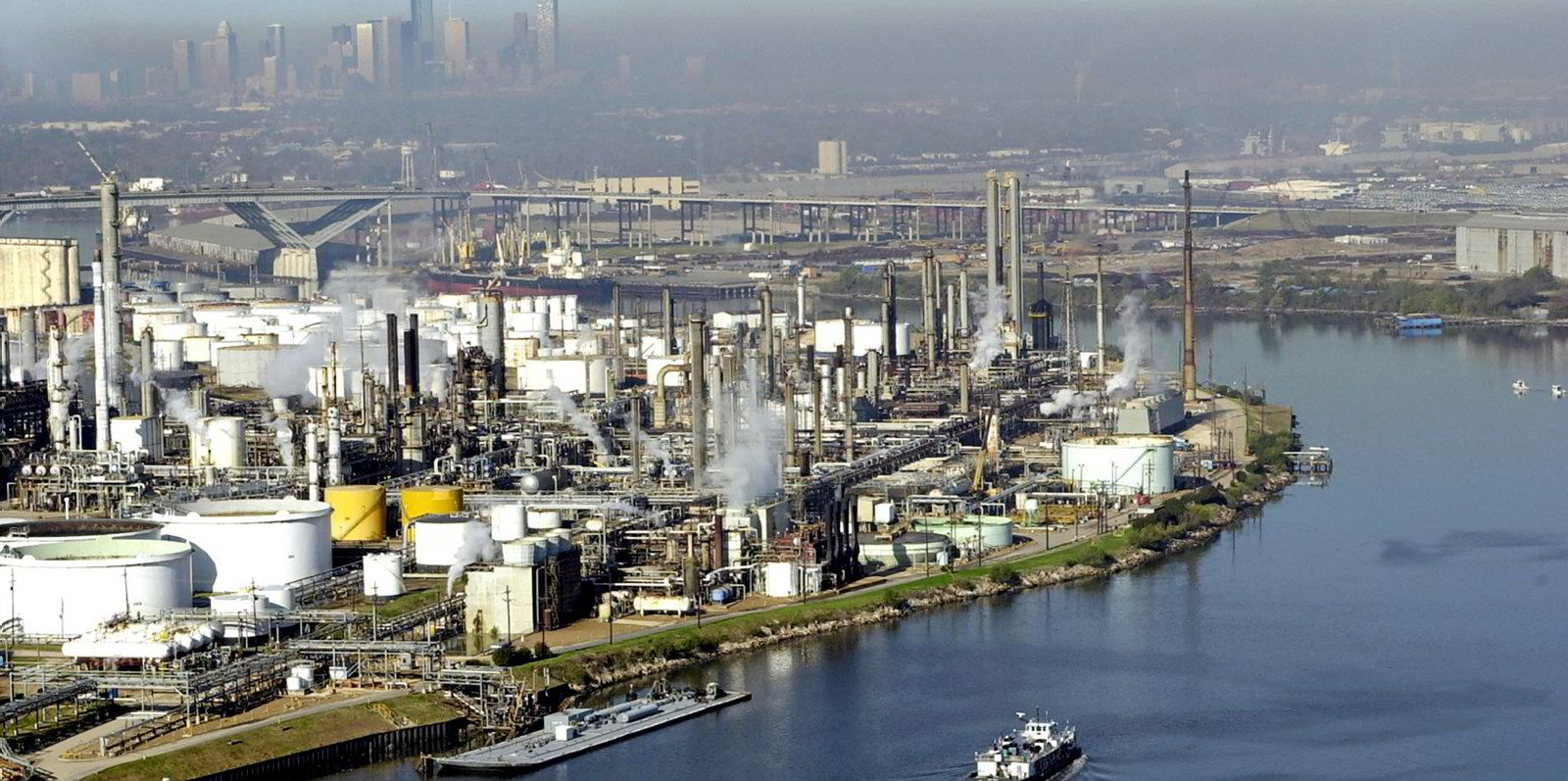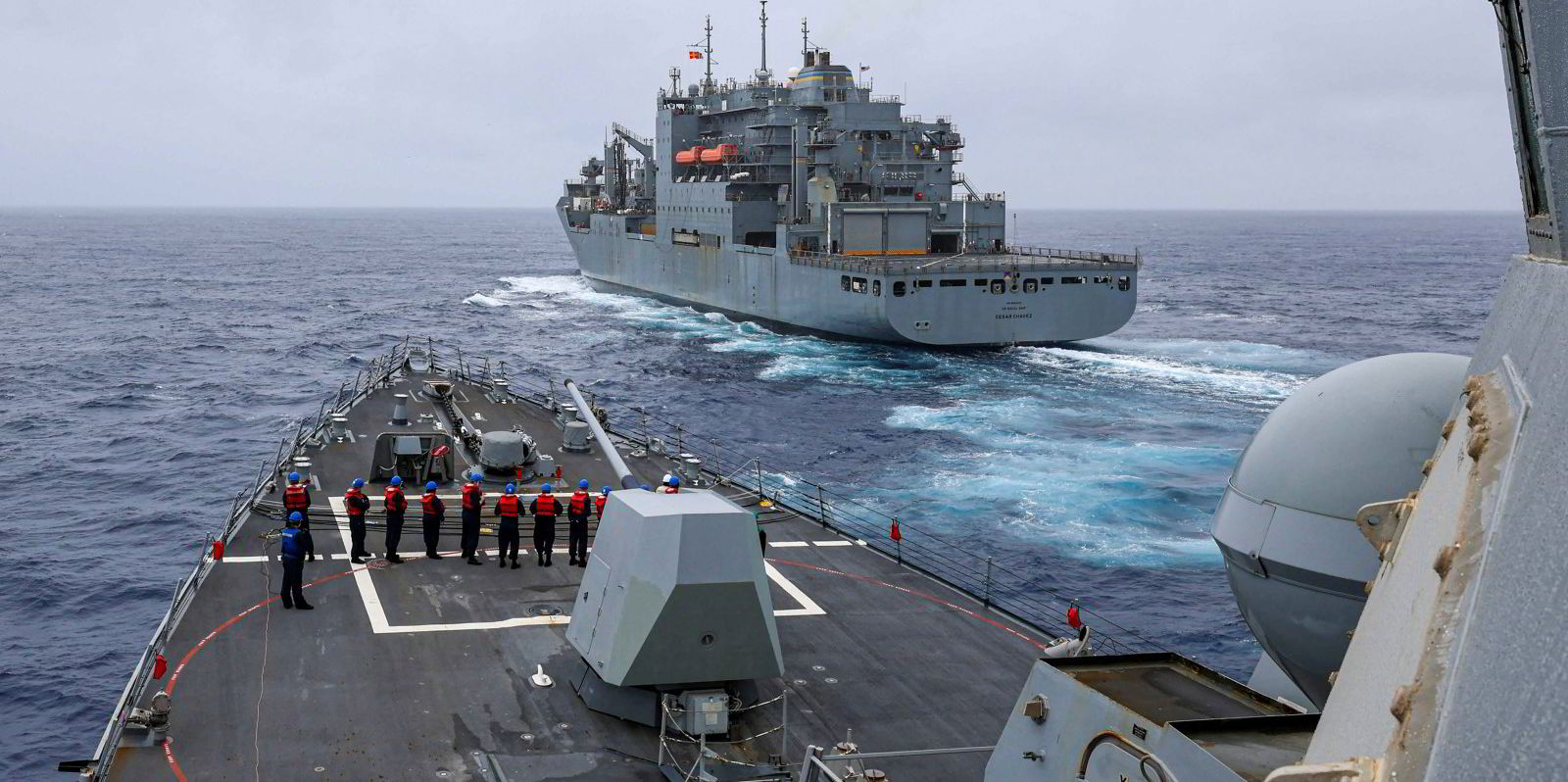A multi-year research project is to examine the knock-on impact for insurers of disruption at key maritime chokepoints.
The research — a collaboration between Gallagher Re and Oxford University — is to identify what will happen to supply chains in the event of disruption at ports and key trading routes.
The collapse of the Francis Scott Key Bridge has highlighted how apparent power outages on the 9,962-teu Dali (built 2015) will have an outsized impact on insurance markets, with a chain of events leading to multibillion-dollar losses and the deaths of six people.
The project will look to potential future scenarios rather than modelling the impact of what has already happened, said Gallagher Research Centre director Dr Ian Willis.
The project will build on existing work completed by Oxford researchers, who have worked with the International Monetary Fund to identify marine chokepoints and charted the decline of traffic through the Red Sea because of missile and drone attacks by Houthi rebels.
The rerouting of Red Sea traffic has broader implications for insurers as it fundamentally changes the risk profile for ships, Willis told TradeWinds.
Willis identified the increased voyage distances through regions prone to cyclones — adding to stresses on hull and machinery — and with added risks from potential piracy attacks.
Higher concentrations of ships in smaller areas automatically add to the costs to the insurance industry from a single incident that causes disruption.
The new programme will focus on the impact of disruption at ports. Oxford researchers published a study in January last year assessing the defences of 1,340 ports from extreme weather events.
It estimated that the knock-on effects on global trade are likely to hit $63bn — eight times the potential $7.5bn annual cost of physical damage to ports.
It found the Port of Houston in Texas faced the greatest potential cost from a combination of cyclones and flooding.

“It doesn’t matter what causes the chokepoints… we need to understand what the consequences of any impact is,” said Willis.
“It’s forward-looking, we didn’t want to model what already happens but look at what could happen.
“One of the ways we have of pricing insurance is by understanding what the worst-case scenario is.”
Gallagher Re will provide insurance information for the project to help researchers examine how disruption will affect supply chains and to create realistic disaster scenarios to better assess risk and policy pricing.
Professor Jim Hall, the head of the Oxford Programme for Sustainable Infrastructure Systems, said the research will “deepen our understanding of threats to shipping and the implications for global maritime trade”.
Oxford’s research has identified 25 global maritime chokepoints with the Taiwan Strait, the largest and most significant, given increased tensions over the status of Taiwan.
The top five are rounded out by the Malacca Strait, Gibraltar Strait, Dover Strait and the Bab el-Mandeb strait, according to the Oxford research.
Nick Croxford, head of marine and energy at Gallagher Re, said: “The maritime insurance industry faces a myriad of challenges today, including environmental risks, cyber threats, geopolitical uncertainties and supply chain disruption.
“Getting under the bonnet and exploring both the challenges and potential solutions on the horizon is crucial to the industry.”
Read more
- The dark fleet’s underwriter: Fund chief calls for extra heat on rogue flag states
- Tanker avoids angry charterer’s arrest attempt by hitting the beach at Alang
- US oil giant Chevron denied $57m insurance claim for tanker seized by Iran
- Key player in NorthStandard merger jumps ship to become new boss of London Club
- Two UK-listed insurers confirm exposure to Baltimore bridge disaster




